The Renaissance architecture was an intellectual and artistic movement that emerged in Italy after the Middle Ages, causing a significant shift. The previously dominant theocentrism, where God was the center of everything, was replaced by Humanism, placing humans at the center of inspiration for all works. The predominant style during the “Dark Ages” was the Gothic style, characterized by asymmetrical and ornate constructions, where buildings aimed to reach the heavens in their height. One of the oldest cathedrals reflecting this period is the Notre-Dame Cathedral in Paris, with its impressive rose windows that emphasize the facades.
With that, the Renaissance brings the desire to create something different, it emerges to explore the world, discover new forms of art and replicate the forms of nature, its surroundings. Florence was the birthplace of this movement and the Cathedral of Santa Maria del Fiore is a symbol of it even today, with its impressive dome and pilasters, inspired by Classicism, bringing symmetry and proportion to the works. Reviving the classical period and its models of architecture was a constant quest for Renaissance architects.

Rosáceas são janelas de formato redondo posicionadas no alto dos portais de entrada das construções do período gótico, eram decoradas com vitrais coloridos e desenhos geométricos remetendo a flores como símbolo bíblico para o período onde a rosácea representaria Maria e a luz entrando através deste seria Jesus Cristo.Sumário:
And what about the Nordic style?

Nordic architecture:
It emerged around the 20th century and was concentrated in the Scandinavia region and its principle is to adapt architecture to resemble nature and the environment in which man lives. Once again, Humanism predominates, with a concern for how to integrate nature into the work, bringing extreme characteristics such as replicating the tones of the external setting. Because of this area, which has emerged to have a cold climate, the geography and culture of the place also changes according to the conditions, so Nordic architecture is based on simplicity, light tones, without excess and plenty of natural light.
But how can I use these two styles in current architecture projects?
Are you an architect and do you identify with these two styles or one of them? Know that it is indeed possible to incorporate details reminiscent of these architectural trends into your projects. Here are some suggestions on how to do this in practice:
- Emphasize simplicity in architecture! The minimalist aesthetic fits in this case, where a space without excesses, based on the essentials, brings clarity to the human mind.
- Make use of geometric balance and proportional volumes! Maintaining coherence in proportions becomes essential, paying attention to the rules of composition and proportion.
- Don’t be afraid to experiment with curved lines! Curved objects and furniture, such as curved lamps and dome-shaped chandeliers, for example, add a modern touch to the works as sought by these styles, representing evolution.
- Use materials that recreate those used in that era! For instance, porcelain tiles with marble-like patterns or textures used during that period.
- Prioritize neutral tones! Skillful use of light-colored wood, earthy tones, for example, evokes the architecture of these styles.
- Value natural resources! Focus on integrating the space with the external environment and maximize the use of natural light.
Do you like the content? Follow more about, see the next blogs!


